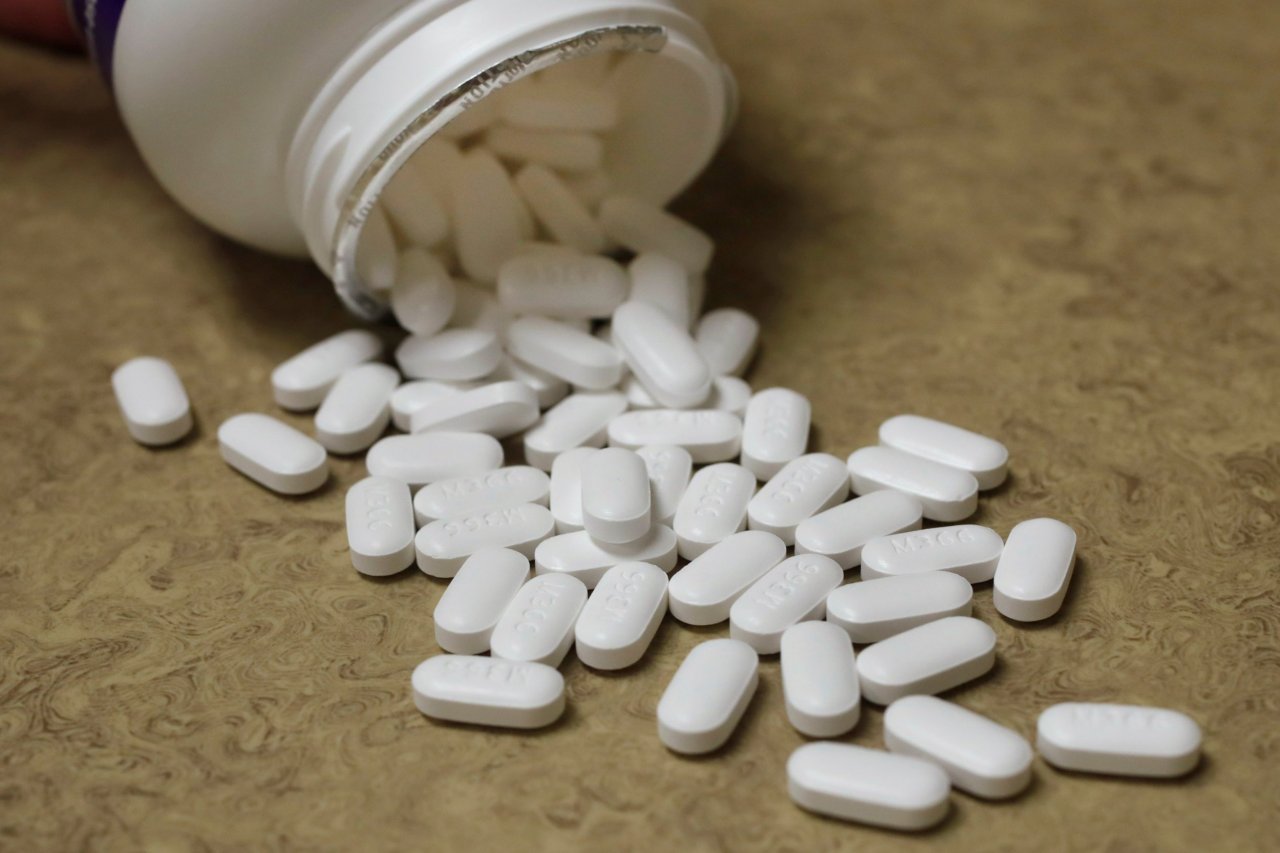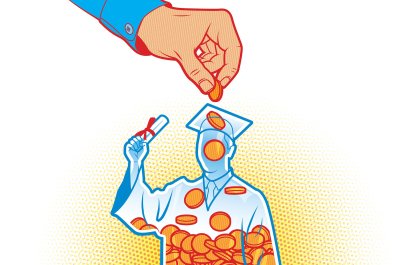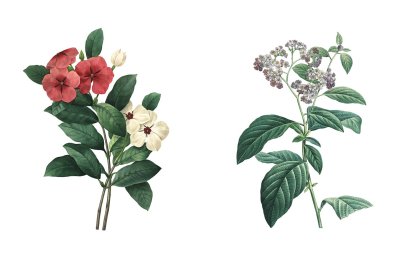It costs $475,000 per patient to treat childhood leukemia with the cutting-edge therapy Kymriah. But what if a cancer drug could be had for pennies a day because it already existed?
That's exactly what happened when French doctors used a decades-old blood pressure medication on a child with a benign tumor. The drug, called propranolol, lowered blood pressure but also shrank the tumor. In subsequent studies, a regimen including propranolol was also an effective treatment for patients with angiosarcoma, a rare cancer of the blood vessels with a poor survival rate.
That success caught the eye of Pan Pantziarka, a researcher with the nonprofit Anticancer Fund, which subsequently applied for—and, in December 2016, received—orphan drug status in the European Union (meaning the company has seven years to develop it into a treatment).
At a time when drugs can take a decade from discovery to market, and as Big Pharma develops fewer drugs, a growing number of researchers are, like Pantziarka, betting on old drugs. Previously unknown but potent cancer drugs may be hiding in compounds discarded by pharmaceutical companies or may already exist in generic drugs designed for other uses. According to the Anticancer Fund, recycling can lop about four years off the typical development time of an oncology drug. "Repurposed drugs could bring benefit to patients much more quickly than developing a drug from scratch," says oncologist Steven Corsello of the Broad Institute in Cambridge, Massachusetts.
Corsello is part of a collaboration that developed a repository of about 5,000 compounds, called the Drug Repurposing Hub, which went live last year. One compound under scrutiny is a Food and Drug Administration–approved drug that costs less than $50 a month and showed unexpected activity against cancer. Such collaborations are part of a larger trend: The global market for drug repurposing will grow from nearly $24.4 billion in 2015 to nearly $31.3 billion by 2020, according to BBC Research.
Repurposing isn't new, but it has accelerated in recent years. And that's because researchers, who used to rely on serendipity, now have formidable data-crunching technologies that help identify crossover candidates. The drug sildenafil, for example, was first tested for use in angina. After trial participants reported unexpected, but not always unwelcome, side effects, it was remarketed as Viagra. Seven years later, Pfizer remarketed it as Revatio, a therapy for pulmonary arterial hypertension.
While repurposing shortens the time it takes to get an oncology drug to market, the amount of money it saves is unclear. One study cited development from scratch at over $2 billion, compared with $300 million for repositioning. Andreas Persidis, chief executive officer of Biovista, which uses data-crunching techniques to find new uses for old drugs, thinks such claims are "overblown."
Maybe so, but for pharmaceutical companies, repurposing is now a routine part of development, and often very profitable. A drug derived from thalidomide, marketed as an anti-nausea pill for pregnant women in the '60s, was shelved when it caused birth defects. As the cancer drug Revlimid, it's a billion-dollar-a-year earner for Celgene Corp.
The downsides for Big Pharma are the lack of patent protections for generic drugs. Their low prices and ready availability are a benefit to patients but hard for drug companies to turn into profits. For this reason, drug companies aren't particularly interested in funding trials of repurposed generics. "The best way forward for the industry is to develop new therapies that address unmet medical needs," says David Epstein, the former head of Novartis's drug unit and currently a partner at venture capital fund Flagship Pioneering. Occasionally, he adds, "developing an older drug for a new use can make sense, but it should be the minority of drug development.''
Repurposing is not about shutting out the pharmaceutical industry. And given how heterogeneous cancers can be, why not make every effort to discover more and potentially cheaper options? Says Corsello, "We just want to maximize the number of treatments that are out there."
This article was amended to correct the title of Pan Pantziarka.















